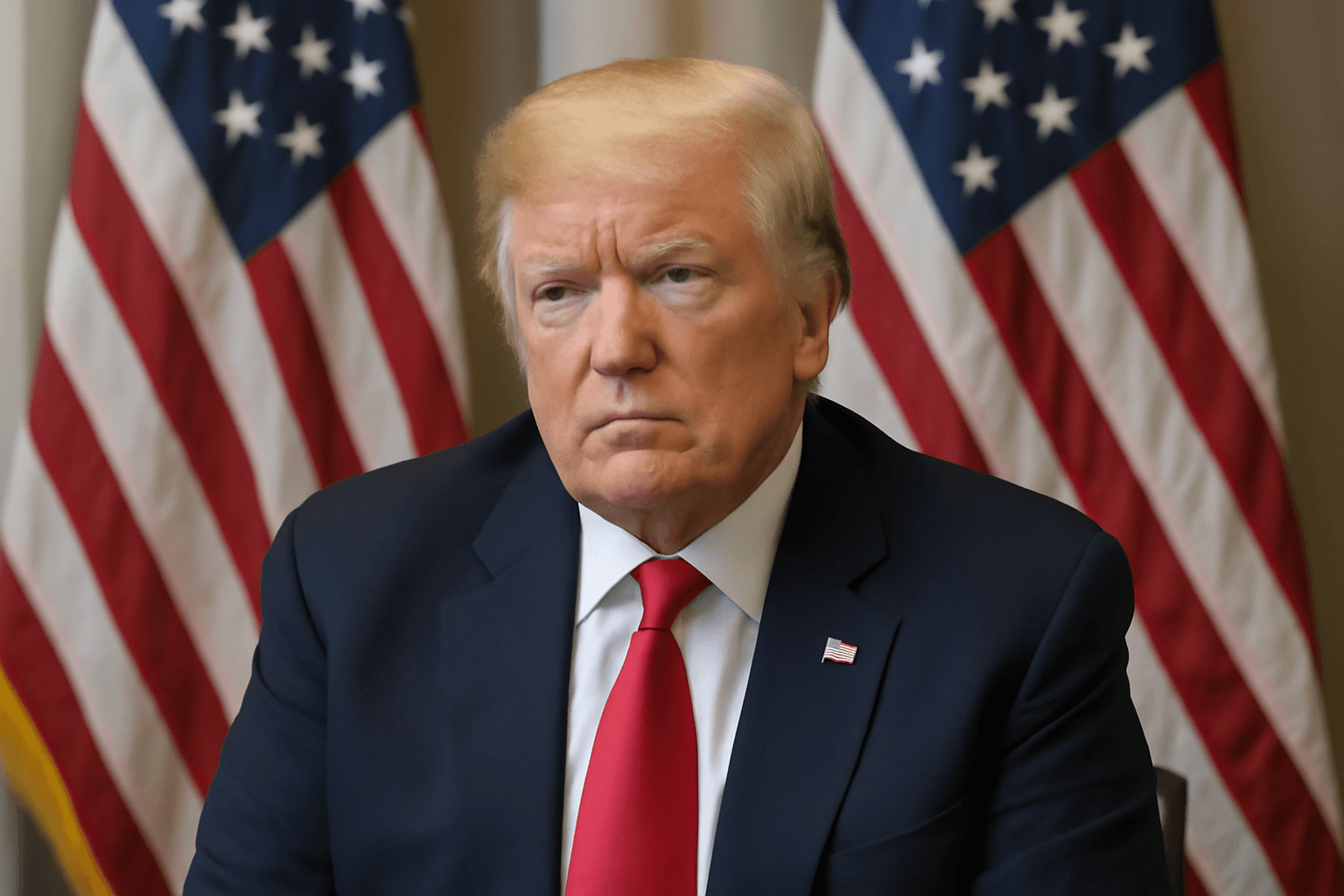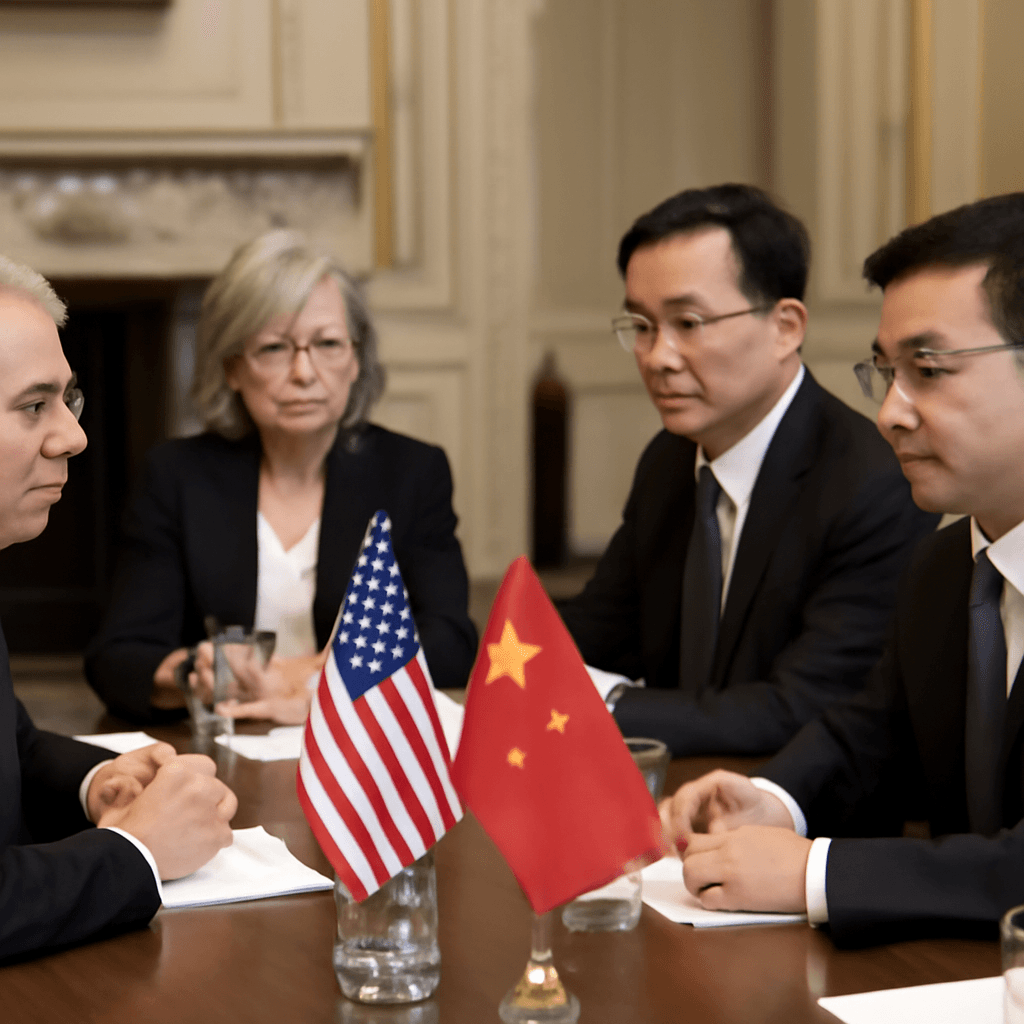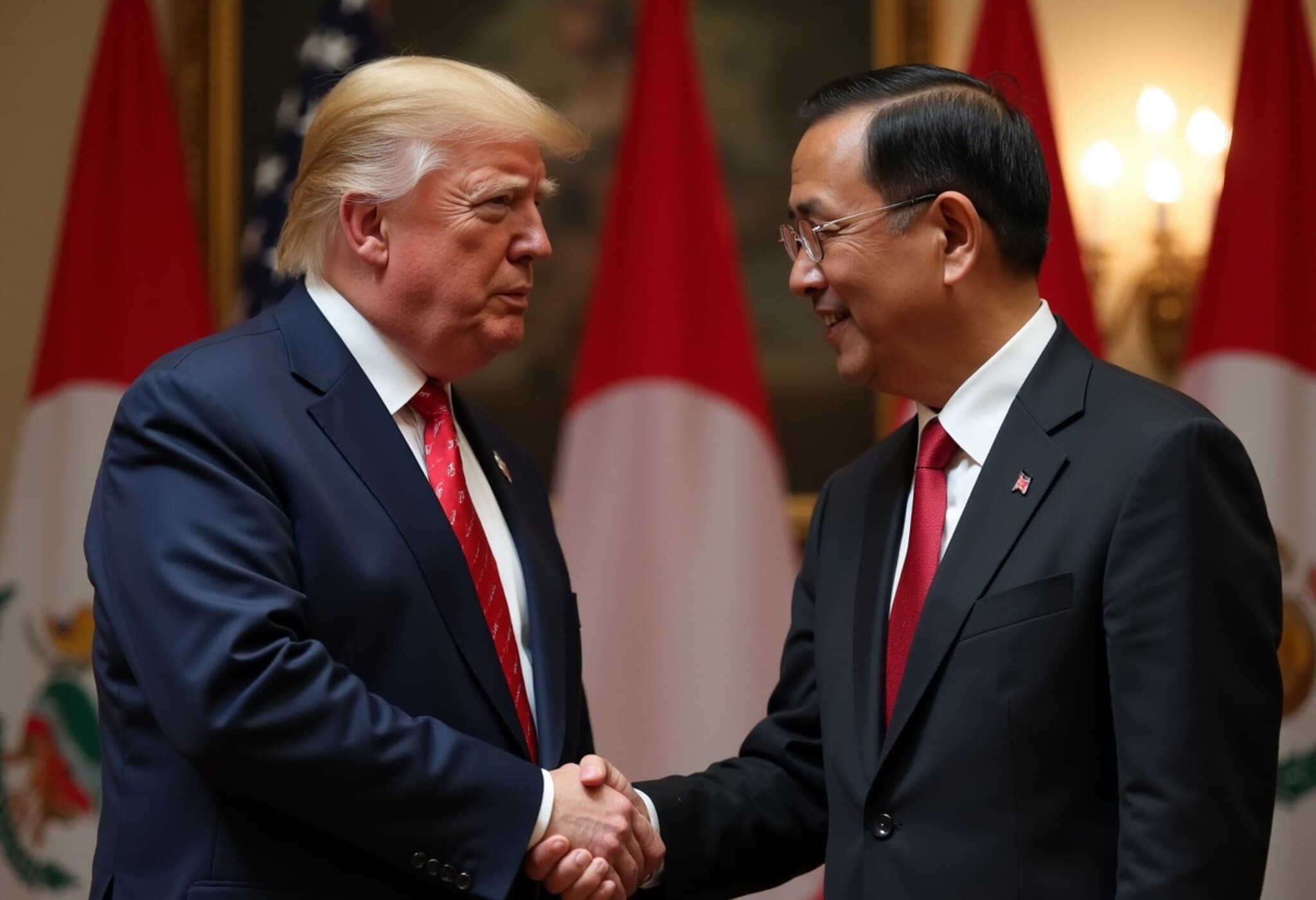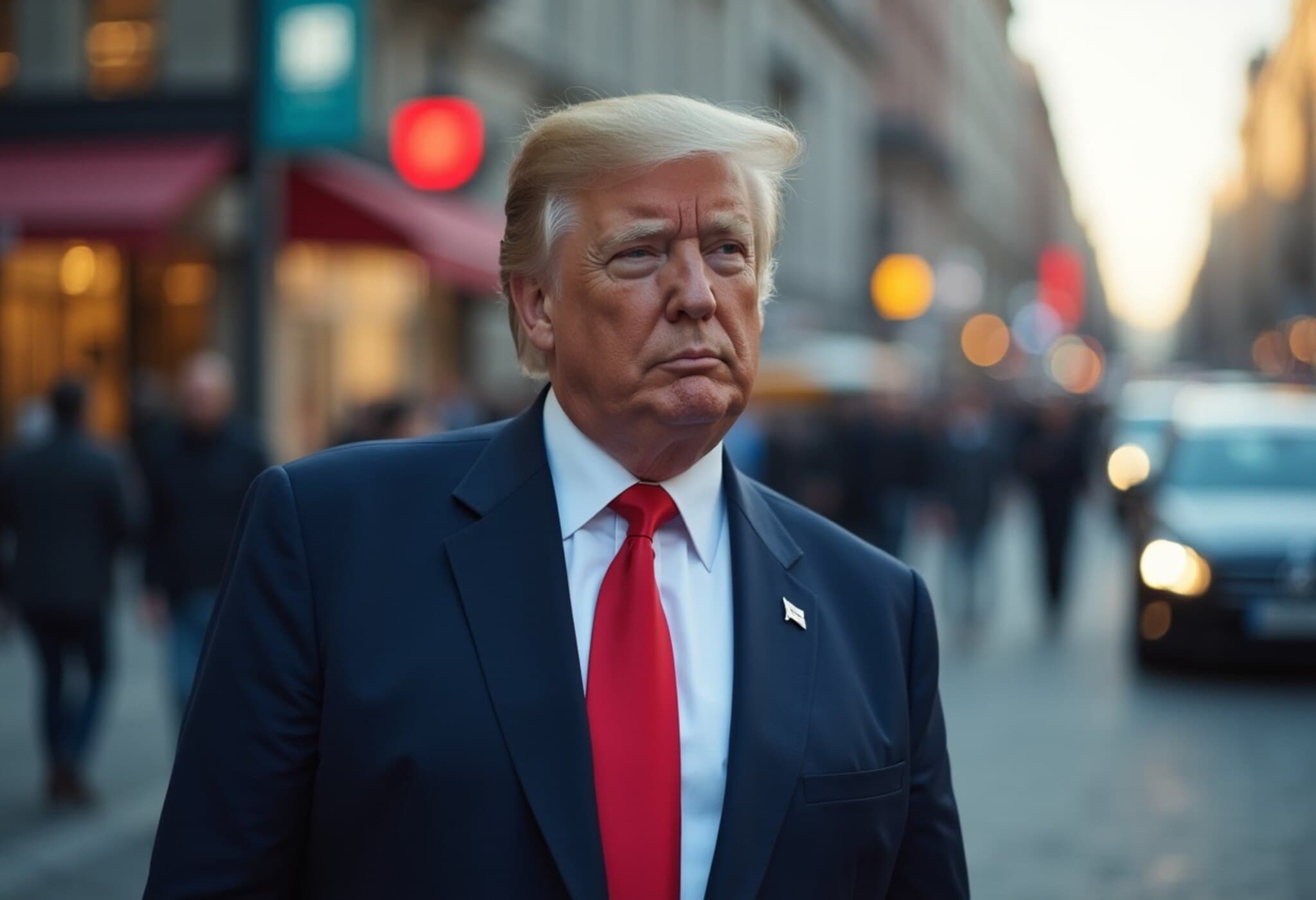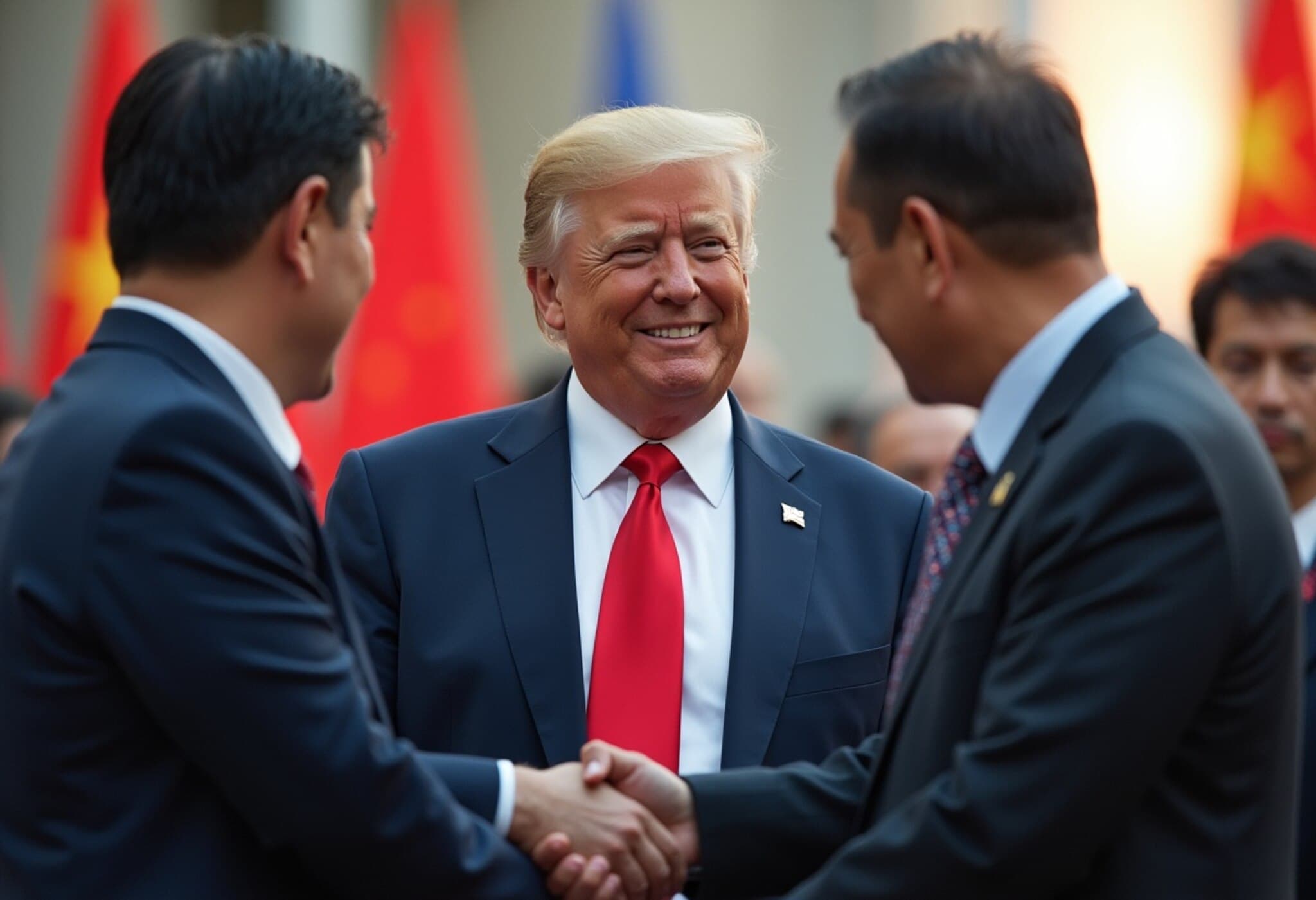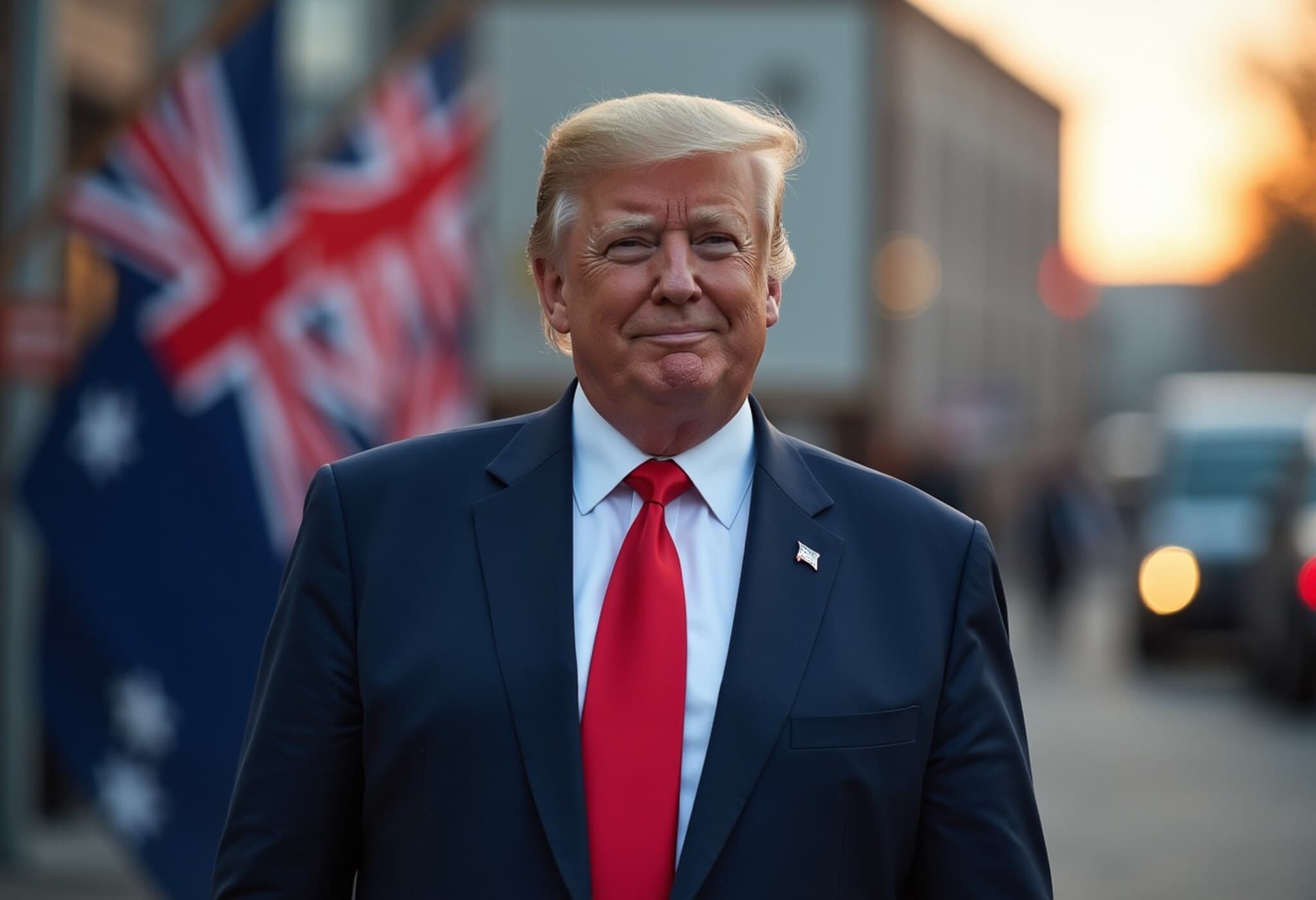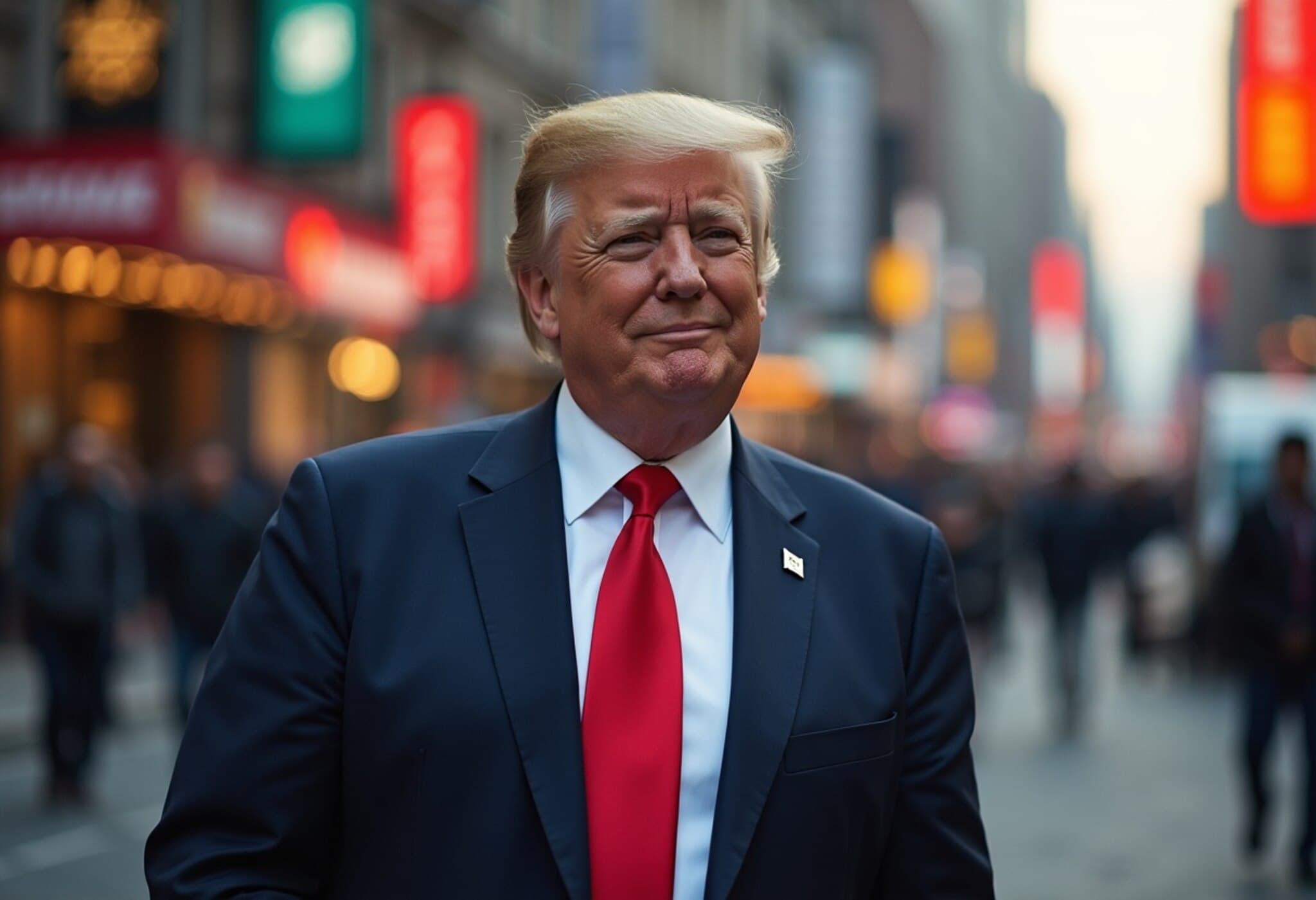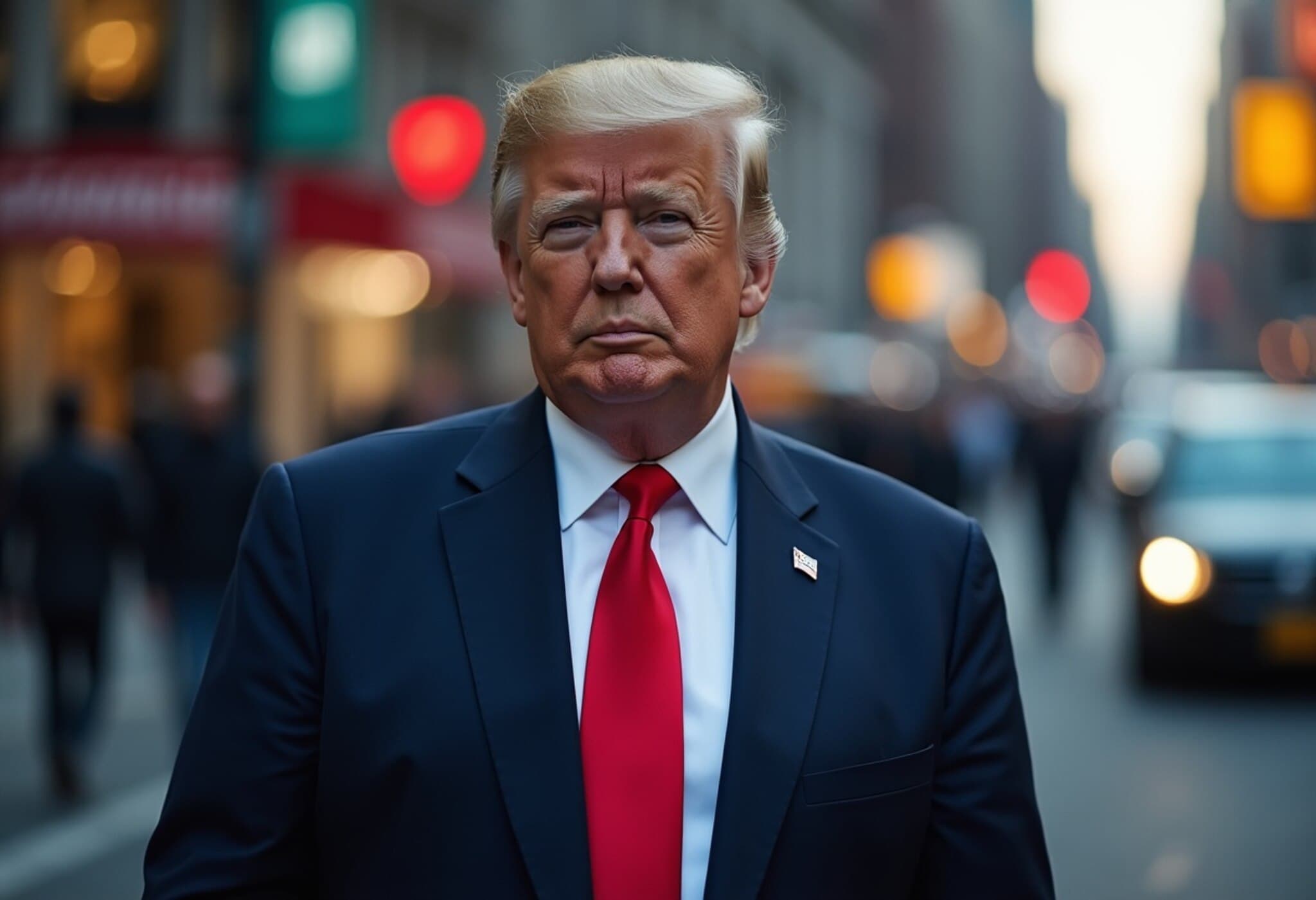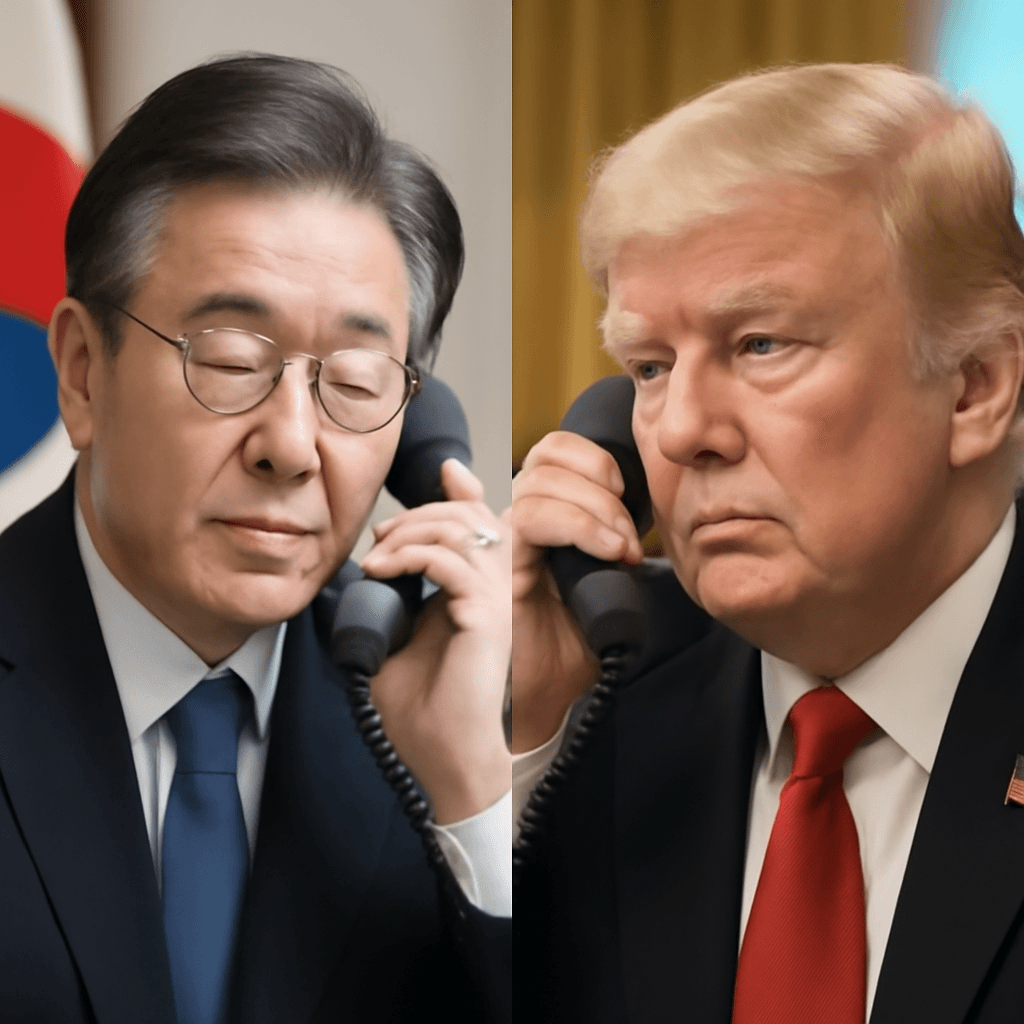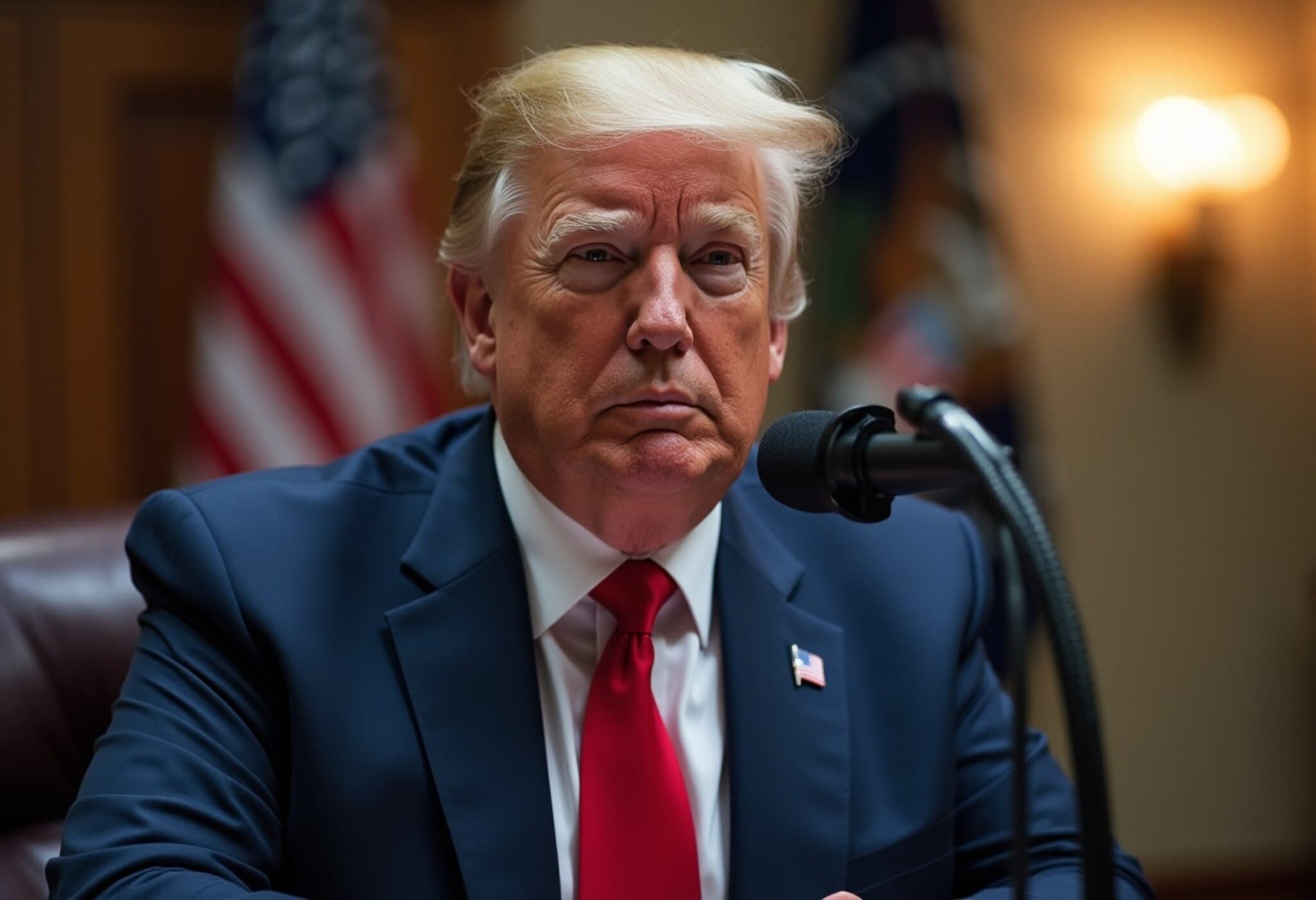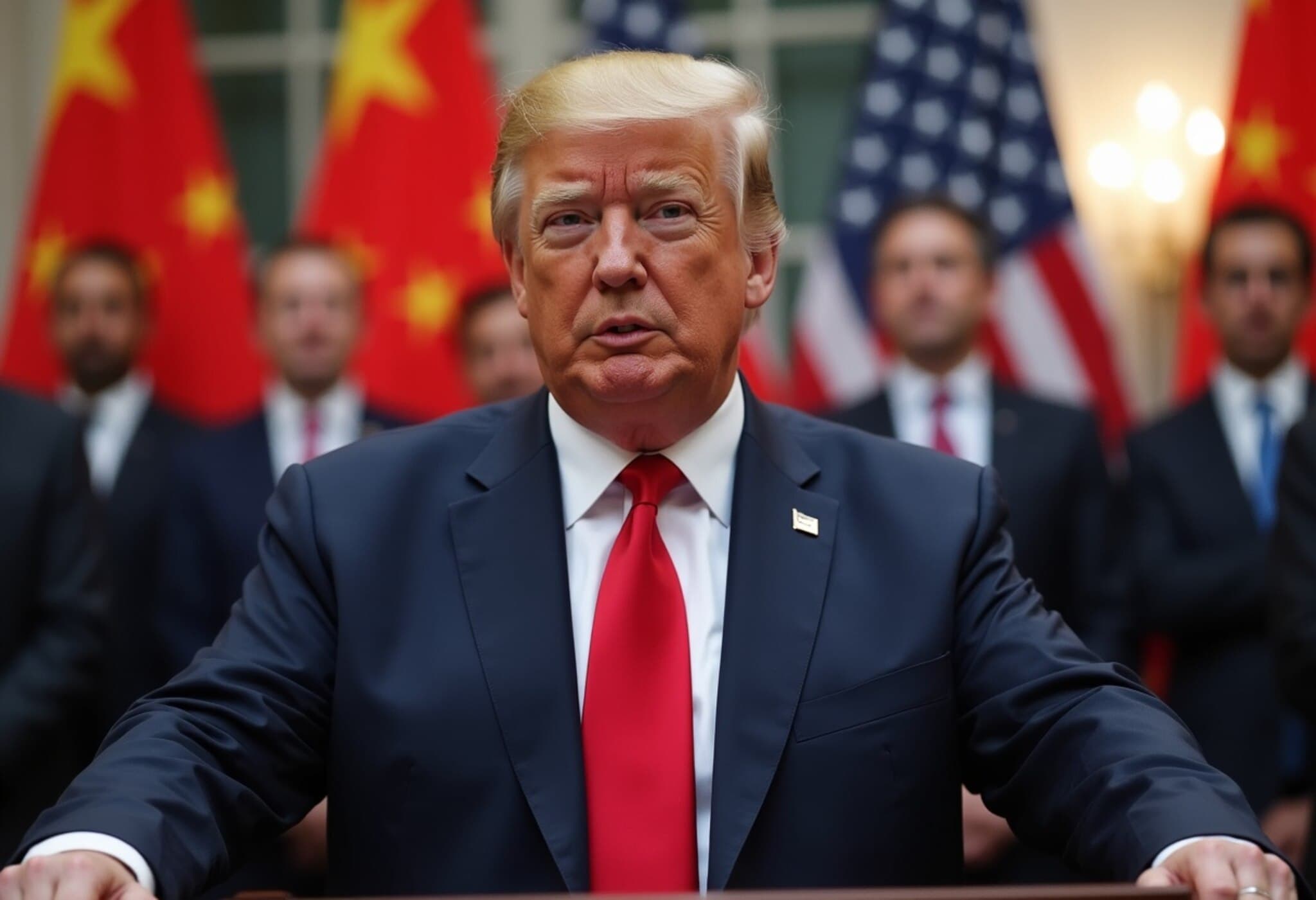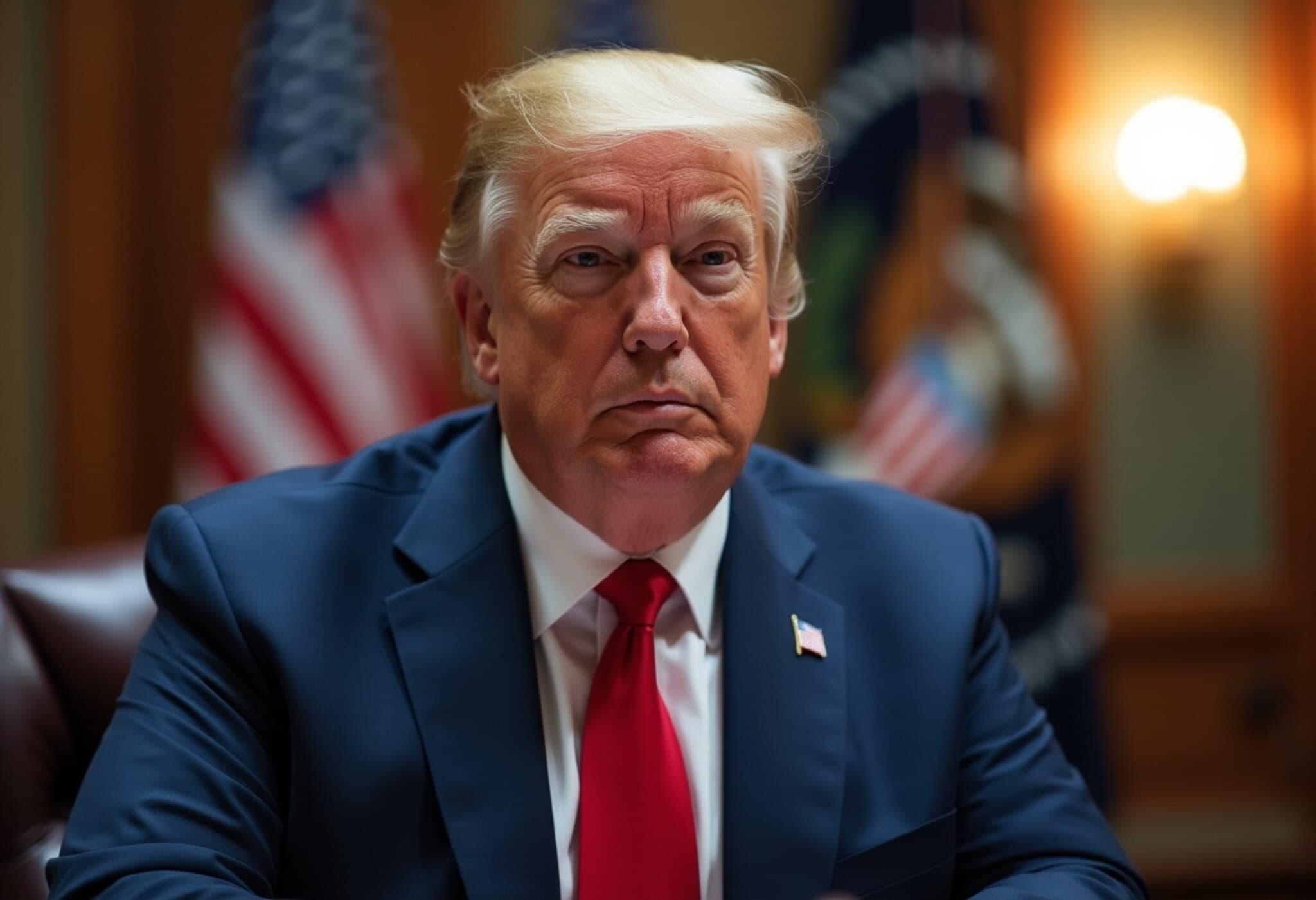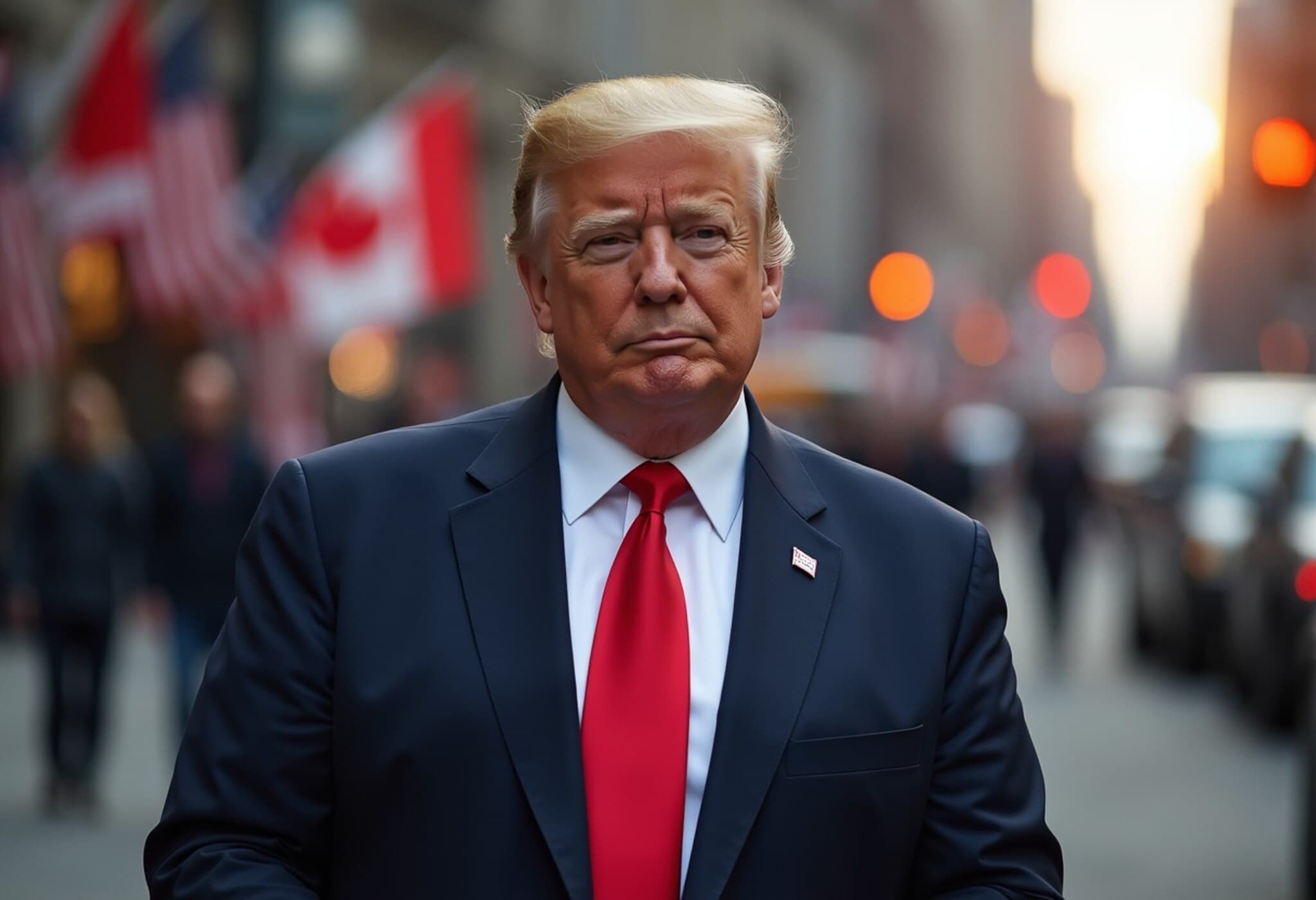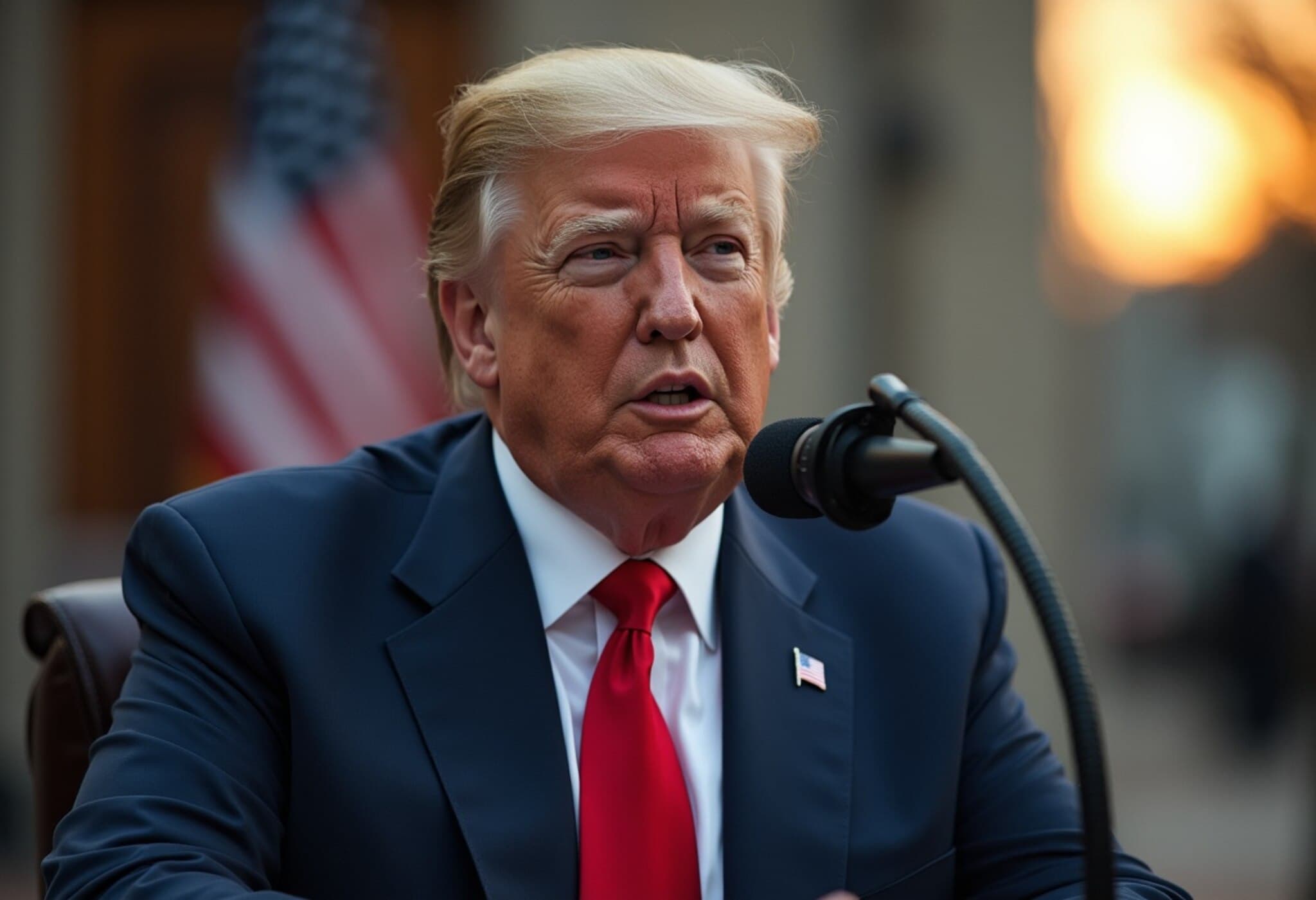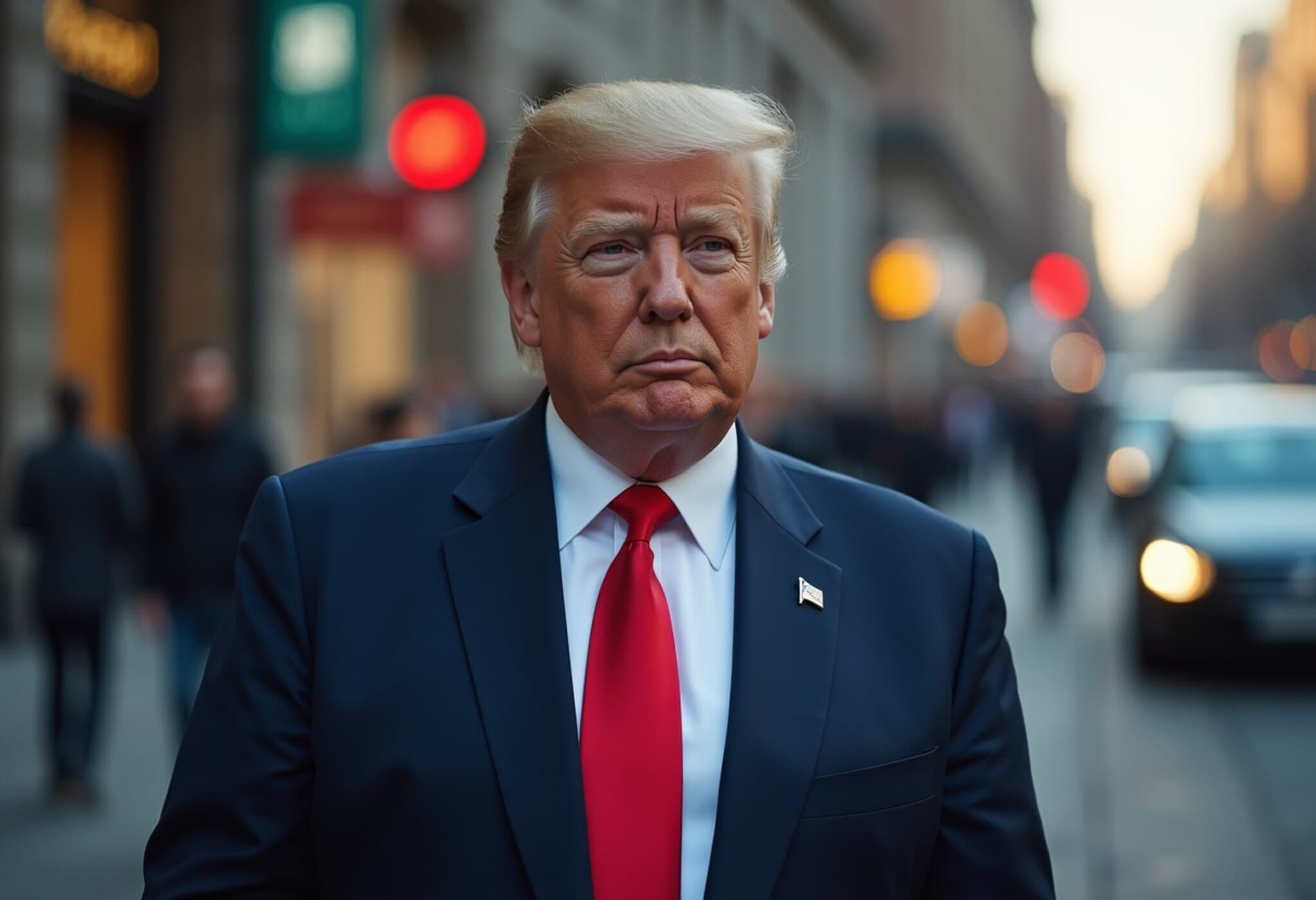Trump Announces New Tariff Letters for Seven Additional Countries
In a strategic continuation of his aggressive trade policy, former US President Donald Trump announced on July 8, 2025, that he will issue new tariff letters targeting at least seven more countries. These letters, scheduled for release Wednesday morning, reflect his unwavering push to recalibrate America's international trade landscape.
Expanding Tariff Warnings: What to Expect
Just a day prior, Trump publicly shared similar letters aimed at 14 countries, warning that unless more favorable trade agreements are reached by August 1, substantial tariff hikes could be imposed. Through his social media platform Truth Social, Trump declared, “We will be releasing a minimum of 7 Countries having to do with trade, tomorrow morning, with an additional number of Countries being released in the afternoon.”
Unlike conventional diplomatic channels, these tariff letters are disseminated publicly ahead of formal negotiations, signaling a departure from longstanding trade negotiation norms and underscoring Trump’s hands-on, high-profile approach.
Expert Insight: The Risks and Rewards of Tariff Threats
Trade analysts warn that such tariff strategies, while designed to protect American industries, carry complex risks. Economists have voiced concerns that escalating tariffs could retch global supply chains, slow economic growth, exacerbate inflationary pressures, or even nudge the US and its trading partners toward recession.
On the flip side, Trump and his administration argue that tariffs can revitalize domestic manufacturing sectors and generate revenue to support recent tax cuts, positioning these measures as vital to the country’s economic resilience.
Personalized Trade Plans and Diplomatic Shifts
According to White House Press Secretary Karoline Leavitt, Trump remains actively involved, personally determining tariff rates and crafting "tailor-made trade plans for each and every country". This bespoke strategy departs from generic trade policies, aiming instead at country-specific leverage to extract more favorable terms.
This approach, with its emphasis on public declarations and direct social media engagement, bypasses traditional confidential negotiations, introducing heightened unpredictability into diplomatic and economic interactions.
Trade Landscape Ahead: What This Means For The U.S. And The World
- Uncertainty Looms: Investors and international markets must brace for volatility amid looming tariff escalations and the ambiguous timeline on finalized agreements.
- Negotiation Window: Despite the confrontational tone, Trump has not ruled out negotiations, leaving room for potential last-minute deals to avert tariffs.
- Global Impact: The ripple effects of U.S. tariff policies resonate worldwide, potentially reshaping trade partnerships and supply chains on a broad scale.
Such aggressive tariff posturing invites critical reflection on global economic interdependence and the balance between national interests and international cooperation. Observers and stakeholders alike will be watching closely how these evolving trade tactics affect economic stability and diplomatic relations.
Editor's Note
Trump’s decision to publicize tariff threats via social media prior to formal negotiations marks a noteworthy shift in trade diplomacy, blending political theater with economic strategy. As the U.S. navigates this uncertain terrain, vital questions emerge: Could this hardline stance backfire by igniting trade wars? Will bespoke tariffs offer the leverage Trump envisions, or will they fuel instability? For policymakers and the public, understanding these dynamics is crucial in assessing both immediate and long-term impacts on the American economy and global trade.

